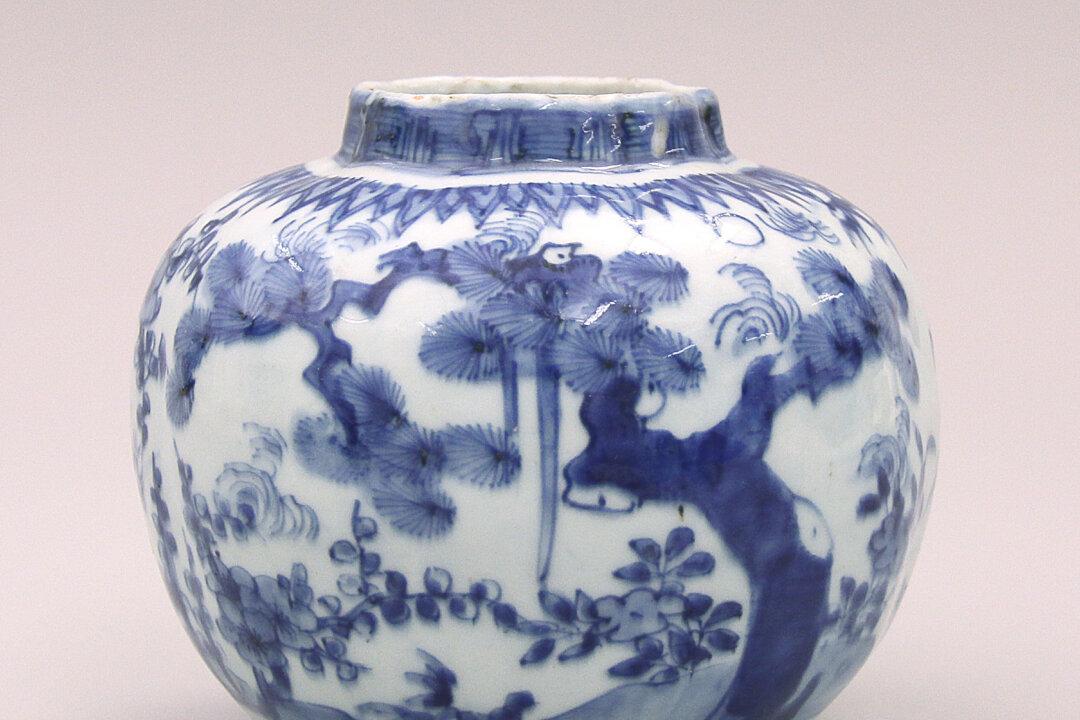It was in the 18th century that Europeans began to make true porcelain, in imitation of the famed Chinese ware. Although there had been prior attempts to produce the beautiful Chinese product using mixtures of glass and pottery, there wasn’t much success.
Around 900 A.D., during the Tang Dynasty, the Chinese had started to mix the ingredients they used to make stoneware with greater precision than before. The result was porcelain, which is made with kaolin (called kao ling by the Chinese), pure white clay, and a type of feldspar called petuntse. When fired at a high temperature, these ingredients fuse to produce a hard, translucent white body, which, because of its strength and resistance, allowed potters to make thinner and thinner objects.
Because there was quite a gap between the beginnings of porcelain-making in China and its evolution in the West, porcelain was given its second name—china—in the 17th century by its admirers in the West.
The Chinese were interested in beautiful forms, which gave off a resonant sound when struck with the fingertips. They did not always differentiate between stoneware and porcelain because both give off a “ting” and both can be shaped into handsome forms. Porcelain, however, has a very special quality of translucence.






